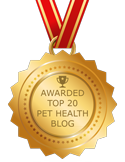It’s March, which means all things green like St. Patrick’s Day, clovers and spring. What better way to celebrate the Irish, than with our lovable dog breeds of Irish descent? How many Irish dogs can you name? We found 8. Here is all you need to know about these unique breeds, which all originated in Ireland. How to take care of them and how many of them are at risk for arthritis.
While Ireland is known for its majestic beauty, castles, St. Patrick’s Day celebrations and the Blarney Stone, there is something not as well known about Ireland: it’s unique dogs! Many may not be as familiar with the Irish breeds. Let's introduce them to you.
According to the Irish Kennel Club, there are nine different dogs native to Ireland. They are in three basic categories: gundogs, hounds and terriers. Here are the Irish dogs you need to know, and how they are classified:
- Irish Red Setter and the Irish Red & White Setter (Gundogs)
- Glen of Imaal Terrier (Terrier)
- Irish Terrier (Terrier)
- Irish Water Spaniel (Gundog)
- Kerry Blue Terrier (Terrier)
- Kerry Beagle (hound)
- Wheaten Terrier (Terrier)
- Irish Wolfhound (hound)
What's a Gundog?
Most of us know what a Terrier and Hound type of dog is. What about a gundog? Gundog breeds have a natural instinct for hunting. They are specialists in working with retrieving game which has been shot such as birds. Today, they are often described as a perfect family dog. They love children and are generally great in homes. They love exercise and the great outdoors. Natural instincts include being in the water, being outside in all elements and love plenty of outdoor space to move around. The Irish breed dogs are:
- Irish Red Setter
- Irish Red & White Setter
- Irish Water Spaniel
All of these unique Irish native dogs have been developed for centuries in the beautiful mountains, woods and blogland of Ireland. They have history and legacy. Here is a brief introduction to each breed.
Irish Setters
They are great with families and one of the original hunters.
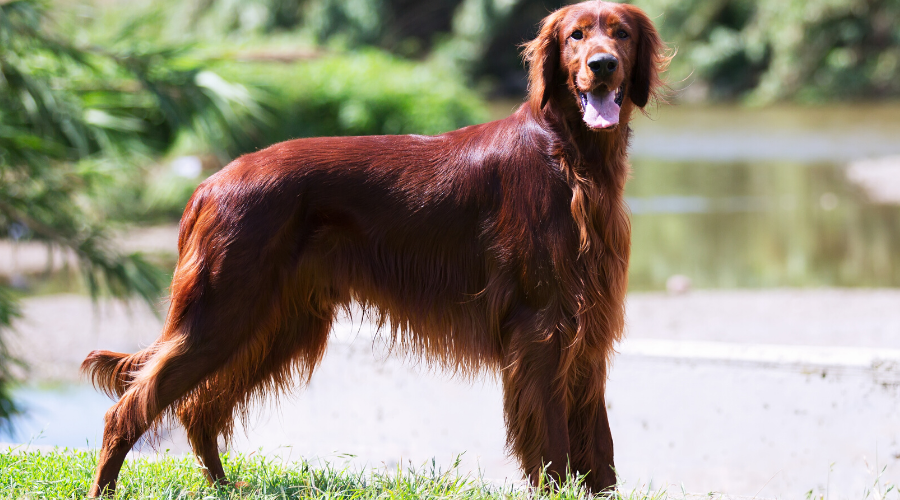
Irish Setters are still very popular. They are similar to the English setter and other spaniels. While a majority are red in color, there is another version of red and white in coloring. Those are identified as Irish Red and White Setters. The Irish Setter hit popularity in the 1970s because of its beautiful coat and joyous personality. They are fun family dogs today.
Irish Setters are a healthy breed. However, because of their long legs, they sometimes develop hip dysplasia. Like most dogs, they were born normally, but due to a genetic make-up of soft tissues surrounding the joint, somehow the development becomes abnormal. This leads to the symptoms associated with hip dysplasia, which often leads to arthritis in dogs. The disease may affect both hips, or only the right or left hip.
Glen of Imaal Terrier
These dogs are usually just called Glen, these dogs were known for hunting rats, badgers and otters. The Glen of Imaal terrier originated from Ireland's County Wicklow. They faced extinction in the turn of the 19th century. Today it is coming back, but is still one of the rarest dog breeds and least-known Irish breeds.
Irish Terriers
These dogs have the luck of the Irish.
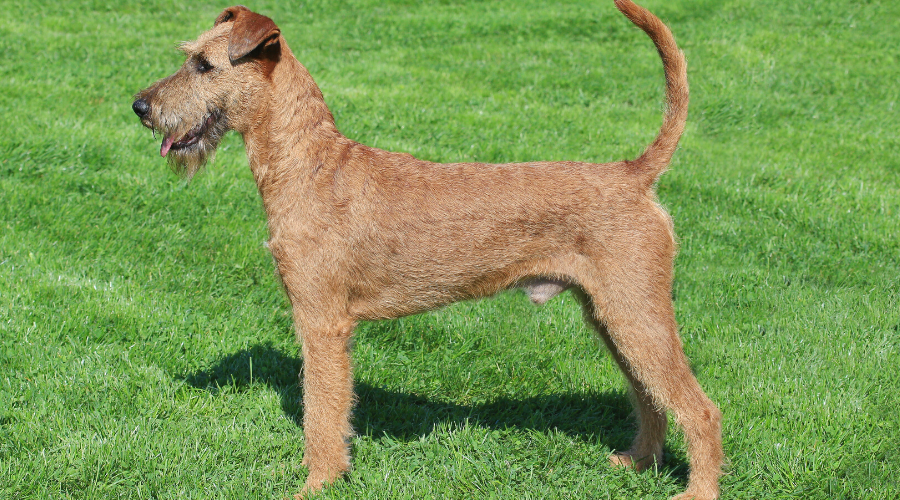
Irish Water Spaniel
They are obviously excellent swimmers, but also a very rare breed of spaniel. This dog dates back over 1000 years and is known for being a smart dog. Some believe the dog is part otter, which is why it is such a good swimmer.
Kerry Blue Terrier
There are many Irish dogs with “Kerry” in them. That’s because they were founded in the beautiful Kerry County in Ireland. County Kerry is in the southwest region of Ireland and it has a rugged coastline and mountains.
The Kerry Blue Terrier is usually called Irish Blue Terrier. It was bred to hunt rodents and rabbits. Discovered in the 19th century, the dogs became part of farm life in the rural area of Ireland. They are affectionate and loyal terriers. Interestingly, the Kerry Blue Terrier has a distinctive soft, wavy coat that seems more black than blue. It received the name of Blue because as they age, the dark black coat gradually turns a blue-grey.
Kerry Beagle
The Kerry Beagle is surprisingly different than a regular beagle. Like a beagle, it is bred to be a hunting dog. However, this dog has longer legs and a more squared nose. The Kerry Beagle is one of Ireland's oldest hounds, with artwork dating back to the 17th Century.
Wheaten Terriers
Playful and energetic terriers.
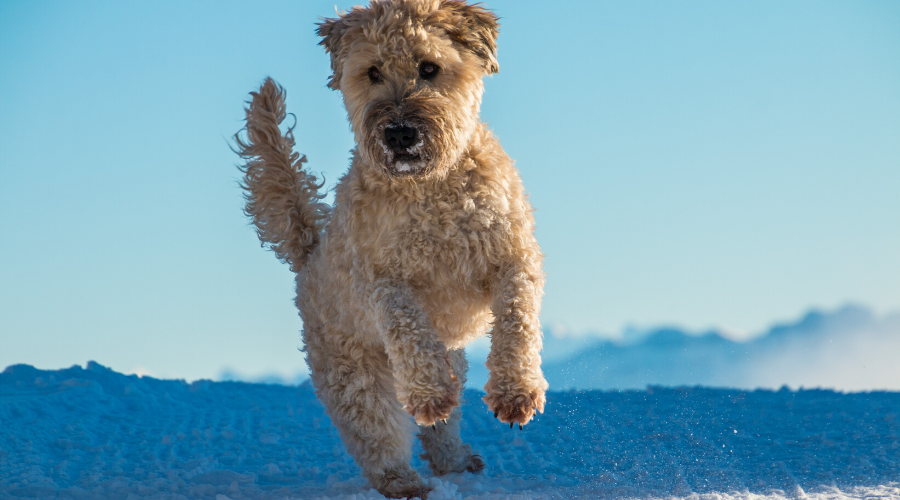
Irish wolfhound
We are ending with the biggest! Literally, the Irish Wolfhounds are the tallest dogs in the world. If you are like most, you may have thought the Great Dane was the tallest. Actually, Irish Wolfhounds stand even taller. They are at minimum 32 inches at the shoulder. But if he stands on his hind legs, your Irish Wolfhound may be up to 7 feet tall! Plus, they weigh from 105-120 pounds.
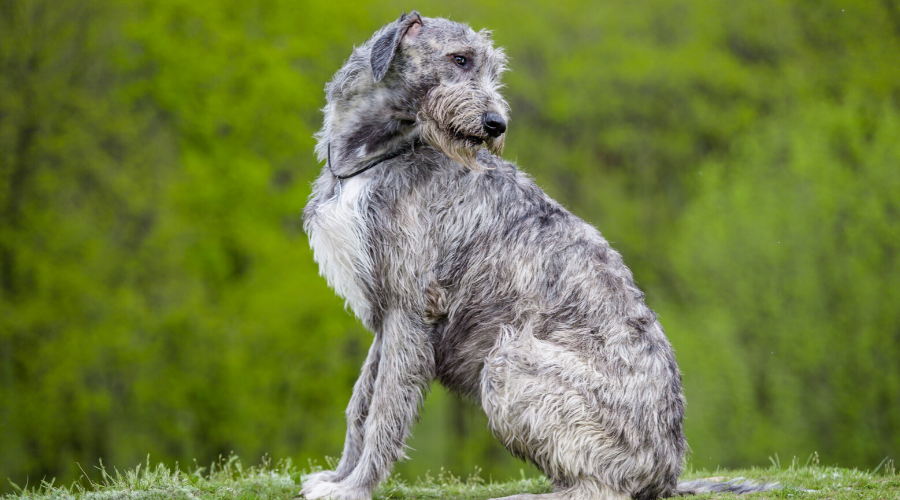
These large dogs have a shaggy, grey coat. Add the name “Wolfhound” and you would think these dogs are quite dangerous. However, their name comes from the job they once did: hunt wolves in the wild. Since that is no longer in their job description, they have become gentle and loyal family dogs.
Some the biggest dogs are still the Great Danes. A Great Dan named Giant George currently holds the Guinness Book of World Records as the tallest living dog in the world. This was in 2010. There are new efforts that another Great Dane may take over the World Record soon. And you can't say that Irish Wolfhounds are the heaviest. The Guinness Book of World Records has the heaviest dog as an English Mastiff, Zorba, who was 286 pounds in 2001. These are exceptional members of the breeds.
However, on average, the Irish Wolfhound will be taller than a Great Dane, but not heavier.
As you can imagine, because of the dog’s size, they are at high risk of arthritis.
Health of Irish Wolfhounds
As you can imagine, giant dogs sometimes have giant health problems. The Wolfhound’s main health issues are in part due to their size:
- Canine Hip & Elbow Dysplasia. With most Giant breeds, there are a variety of joint issues. There will be joint problems arise, especially in the hip and elbow joints. This causes pain and impacts their mobility.
- Osteoarthritis, or arthritis. Because of the joint problems already mentioned, Wolfhounds are at very high risk for osteoarthritis. Arthritis is as painful for dogs as it is for humans. And just like humans, there is something you can do about it. Learn more about arthritis in dogs and check out all the risk factors.
Preventative Care:
As most of the Irish Wolfhound’s health problems are joint-related, plan to do what you can to protect and strengthen their joints safely and naturally by adding a joint supplement to their diet. Most dogs need joint supplements by age 8. But since their life expectancy is much shorter, at 6 – 8 years, they should begin taking joint supplements much earlier, by age 4 or earlier. Joint supplements can promote joint health and cartilage development which keep dogs active and youthful, longer.
Glyde™ Mobility Chews
Parnell Living Science are the experts on osteoarthritis (OA) or arthritis in dogs. We created a unique formula with key anti-inflammatory ingredients to combat the signs of aging. Glyde uses natural, gluten-free ingredients to promote healthy joints to let your dog do everything he or she loves to do! Glyde is the only nutraceutical that contains proven levels of three key components that work to relieve the painful signs of arthritis.
Glyde's proven formula has all-natural ingredients and high levels of glucosamine and chondroitin, plus Green Lipped Mussel (GLM). The proven levels of these key ingredients are what makes the formula unique:
- New Zealand Green Lipped Mussel (GLM):A powerful anti-inflammatory
- Glucosamine: Reduces cartilage degradation
- Chondroitin Sulfate: Helps rebuild cartilage
Read how these ingredients work together.
Luck of the irish
Are all of these dogs lucky, just because they originated from Ireland? Maybe. Because everyone enjoys great dogs and a good Irish accent, here is a great video overview of all the breeds and a few more.
No matter the breed of your dog, keep them all happy and healthy!

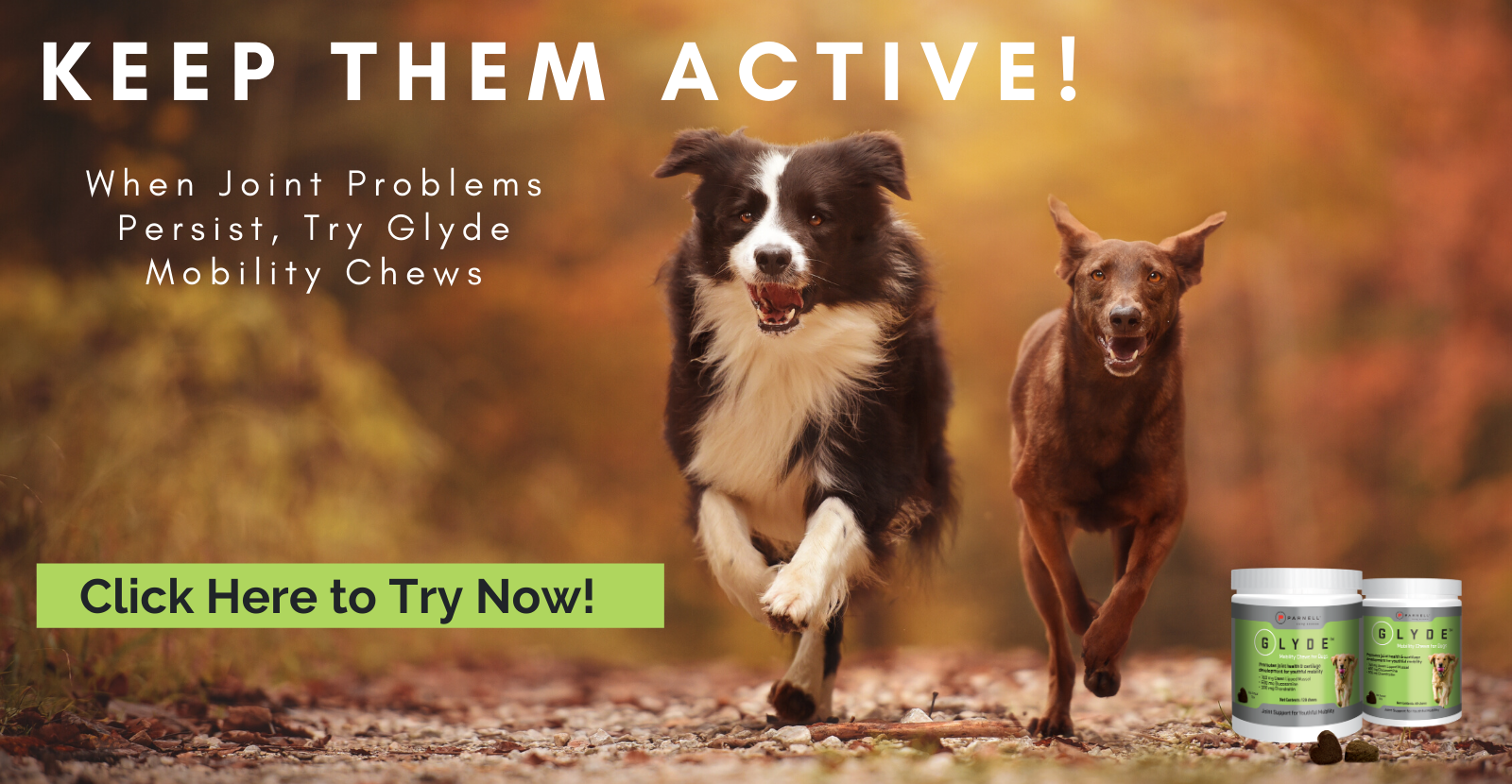
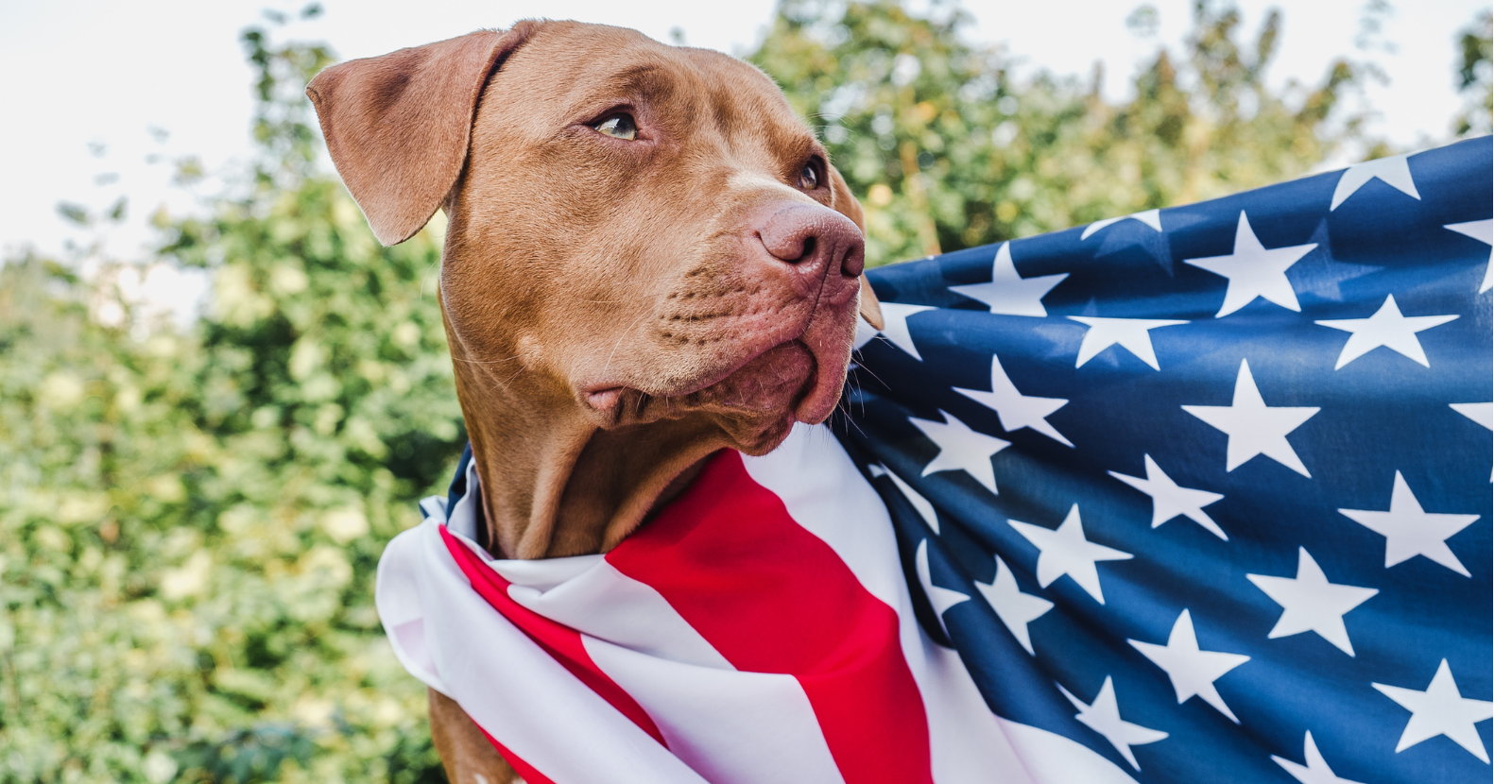
.png)

